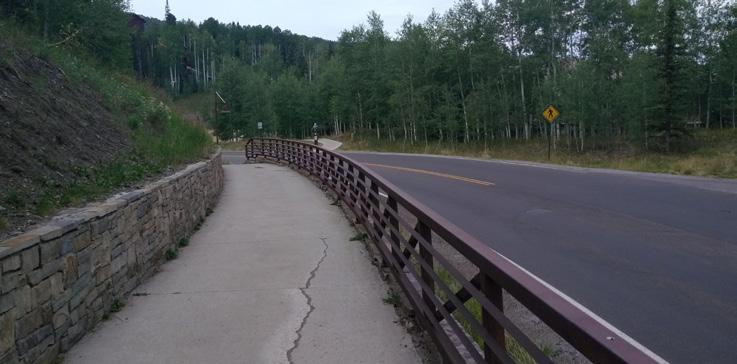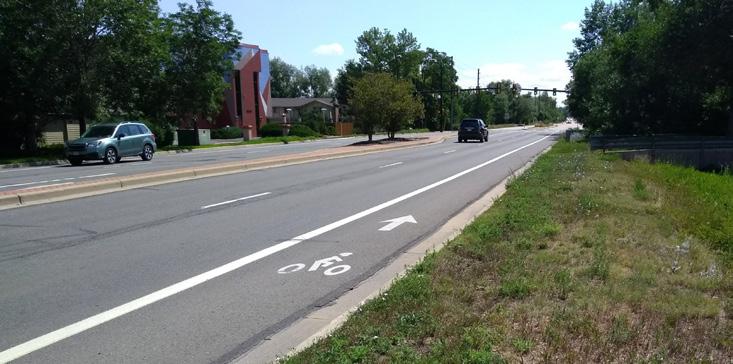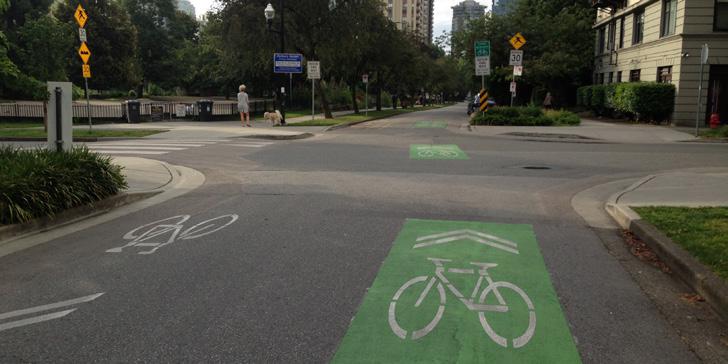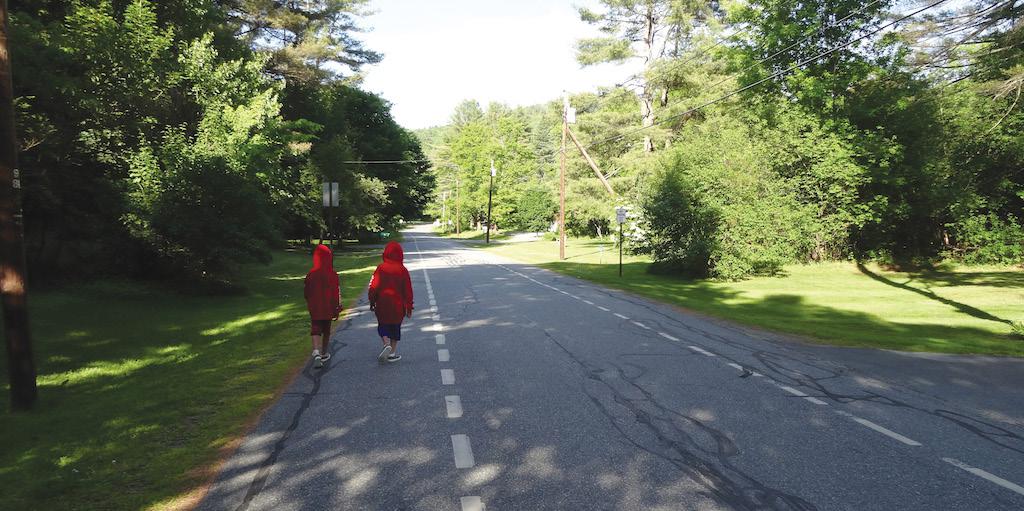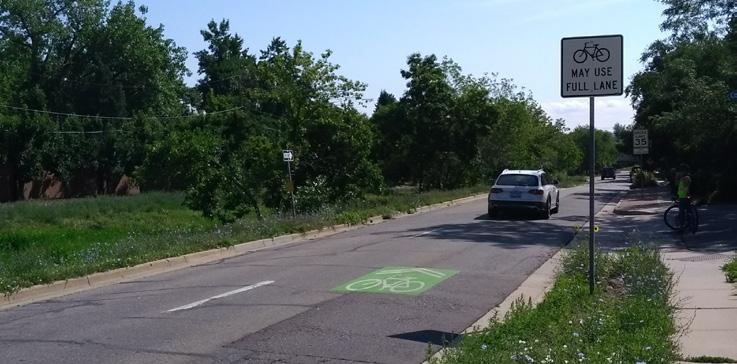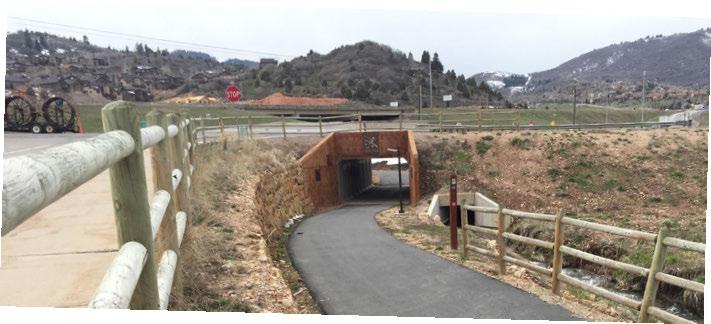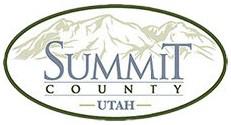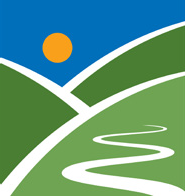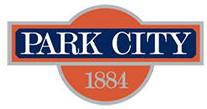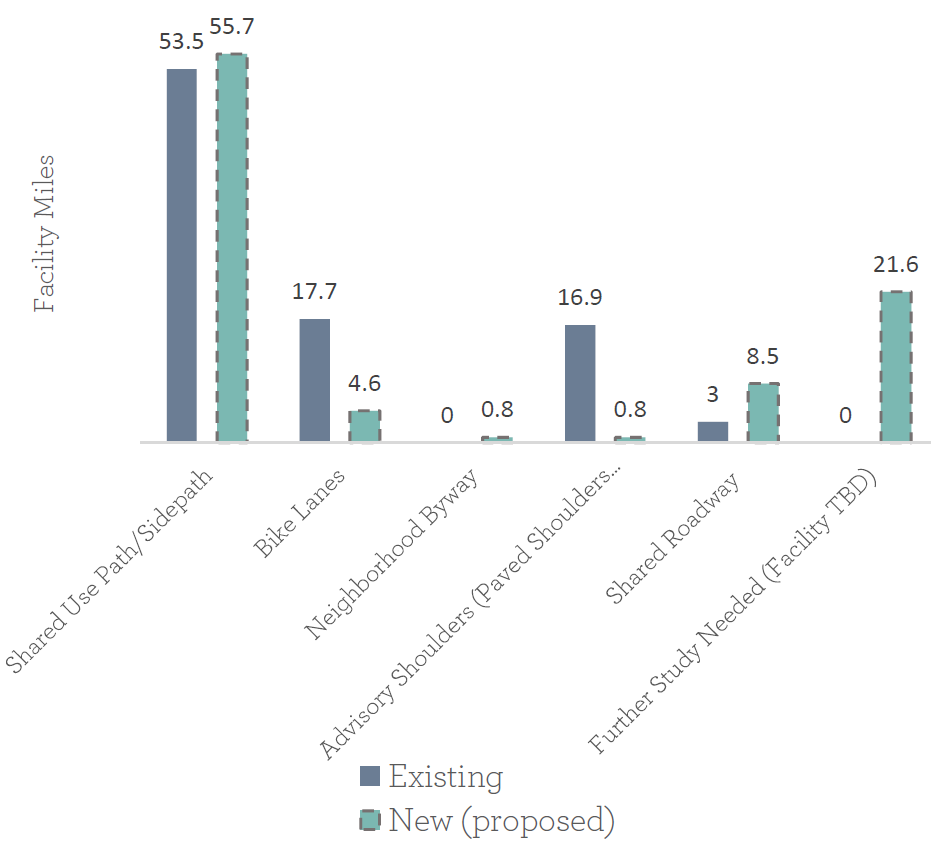EXECUTIVE SUMMARY
The Summit County Active Transportation Plan (ATP) provides direction for the establishment or improvement of bicycling and walking conditions throughout Summit County. The ATP also incorporates policy, prioritization, and funding recommendations to support the active transportation system. With Summit County’s population expected to more than double by 2040, this plan comes at an opportune time to address the County’s current and future needs for bicycling and walking. Given the County’s potential for growth and rapidly evolving transportation system, it is recommended that this ATP be updated every five years.
VISION STATEMENT & GOALS
Summit County will develop a bicycling and walking system that serves as a viable transportation option for people living, working, and playing in Summit County.
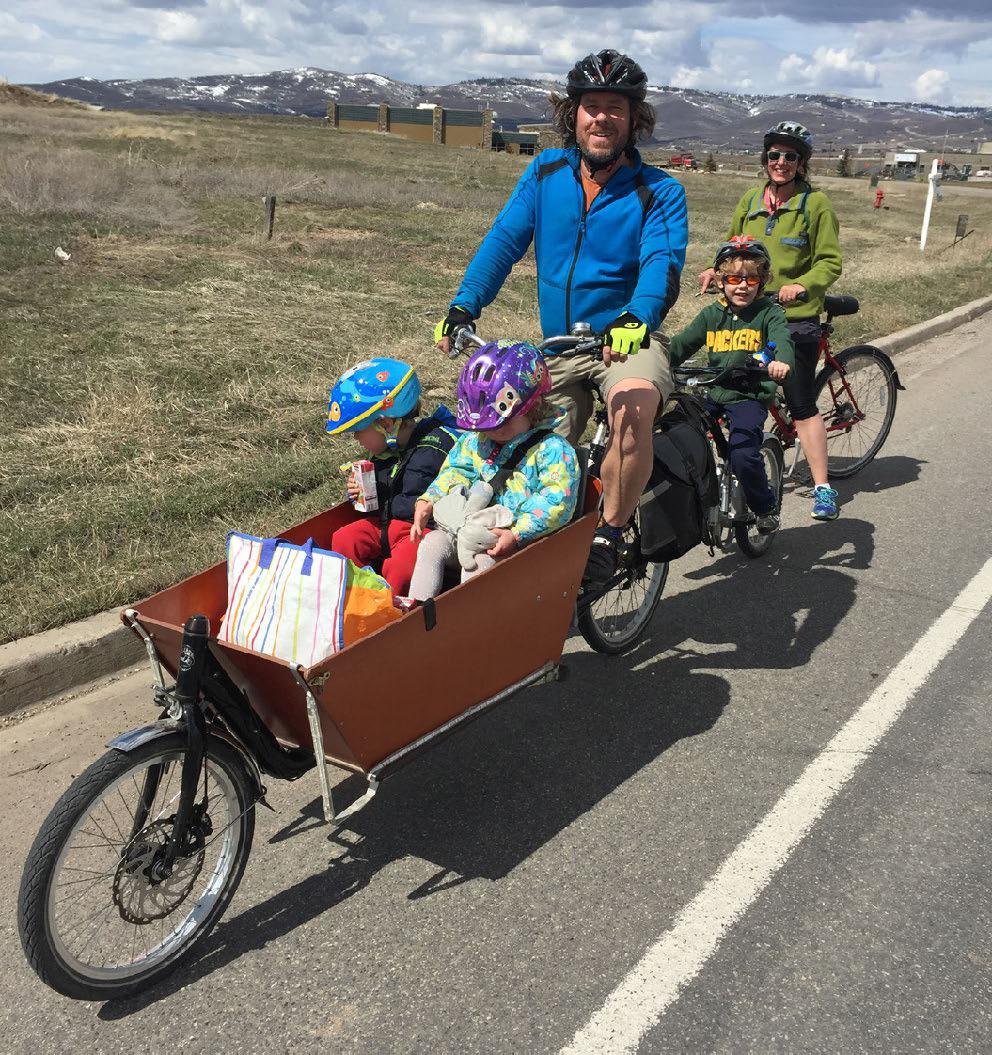
GOAL 1: WALKING + BIKING
Provide a complete, well-connected, and easily accessible network of trails, bicycles lanes, and sidewalks for safe, convenient, and pleasant transportation
GOAL 2: ALL AGES + ABILITIES
Provide and promote a system of paths and trails for transportation and recreational use that provides mobility for users of all ages, abilities, incomes, and backgrounds

GOAL 3: SUPPORT BUSINESS/ ECONOMIC DEVELOPMENT
Support the tourism economy and sustainable economic development by increasing bicycle and pedestrian access to businesses and tourism
 GOAL 4: TRANSIT INTEGRATION
GOAL 4: TRANSIT INTEGRATION
Support Summit County’s transit system by providing reliable first/last mile biking and walking connections to and from Summit County transit stations and hubs
 GOAL 5: NEIGHBORHOOD IDENTITY
GOAL 5: NEIGHBORHOOD IDENTITY
Maintain the character of existing residential neighborhoods and rural areas while integrating bicycling and walking infrastructure
 GOAL 6: SUSTAINABILITY
GOAL 6: SUSTAINABILITY
Protect limited economic and environmental resources, reduce negative impacts to air quality, and increase mobility, accessibility, through efficient use of existing infrastructure and rights-of-way
 GOAL 7: EQUITY
GOAL 7: EQUITY
Support equity and affordable housing by providing low- cost transportation options
 GOAL 8: RECREATION + OPENSPACE
GOAL 8: RECREATION + OPENSPACE
Provide non-motorized transportation access to Summit County’s world-class open spaces and singletrack trail system.
RECOMMENDATIONS OVERVIEW

Shared use paths are paved facilities designed for the exclusive use of bicyclists and pedestrians
